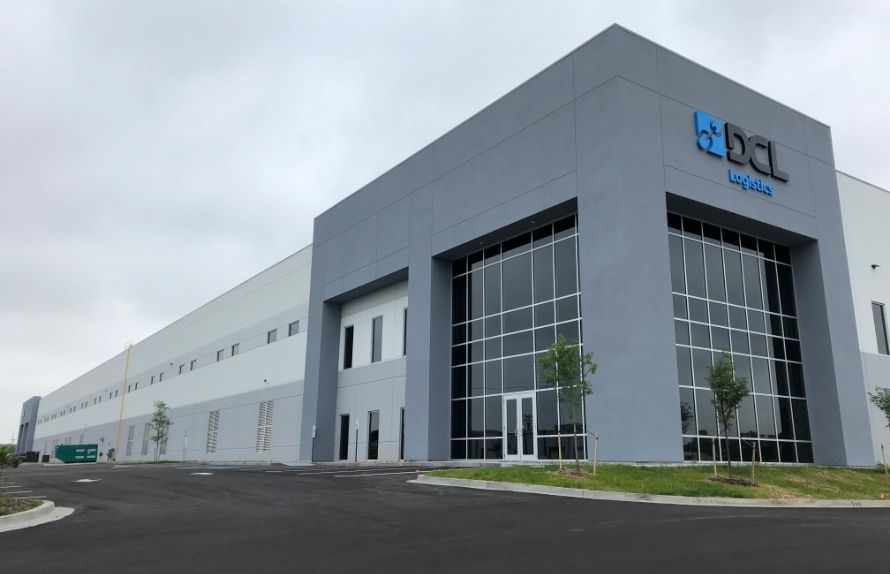
Dead stock is a persistent challenge in the logistics industry, quietly eroding profit margins, tying up warehouse space, and complicating inventory management for retailers, ecommerce businesses, and supply chain professionals alike. Understanding dead stock, its causes, and effective strategies for prevention and removal is essential for optimizing operations and protecting the bottom line.
What Is Dead Stock?
Dead stock refers to unsold inventory that has remained in storage for so long that it is unlikely to ever sell. This can include obsolete inventory, slow-moving products, or items that have become unsellable due to changes in market trends, seasonality, or product quality issues. Dead stock inventory is not just an inconvenience—it represents a direct drain on cash flow and profitability.
In logistics, dead stock is more than just a warehouse problem. It impacts every aspect of the supply chain, from procurement and demand forecasting to customer satisfaction and financial performance.
Causes of Dead Stock
The causes of dead stock are varied and often interconnected. Some of the most common causes include:
Inaccurate Demand Forecasting
Poor demand forecasting is a leading cause of dead stock. When businesses fail to forecast demand accurately, they may over-order products or set inappropriate reorder points. This results in excess inventory that remains unsold. Real-time sales data, coupled with advanced inventory management software, can help forecast demand more effectively and reduce the risk of dead stock.
Overstocking and Over-Ordering
Overstocking occurs when businesses purchase more inventory than needed, often due to optimistic projections or bulk purchase incentives. Over-ordering can be especially problematic for seasonal items and new products, which may not perform as expected. Excess stock quickly becomes dead stock if it does not move within its expected life cycle.
Poor Inventory Management
A lack of robust inventory management systems leads to poor visibility into inventory levels and SKUs. Without real-time tracking, businesses may not notice slow-moving products or obsolete stock until it is too late. Automation and inventory management software are essential for maintaining optimal stock levels and preventing unsold inventory from accumulating.
Market Trends and Product Obsolescence
Rapid changes in market trends can render certain products obsolete almost overnight. Obsolete inventory is a frequent source of dead stock, particularly for electronics, fashion, and seasonal products. Retailers who fail to monitor market trends and adjust their inventory accordingly risk being left with large quantities of unsellable goods.
Quality and Product Issues
Defective or poor-quality products are often returned or simply do not sell, leading to dead stock. Effective quality control and regular product reviews are necessary to minimize the risk of accumulating unsellable inventory.
Supply Chain and Lead Times
Long lead times and supply chain disruptions can result in over-ordering or delayed restocking, both of which contribute to dead stock. Just-in-time inventory strategies and close monitoring of lead times can help streamline replenishment and reduce excess inventory.

Examples of Dead Stock
Dead stock can take many forms in the logistics industry:
- Seasonal products such as holiday decorations or winter clothing that remain unsold after the season ends
- Obsolete stock like outdated electronics or discontinued SKUs.
- Defective items that cannot be sold due to product quality issues.
- Excess inventory from over-ordering or failed product launches.
- Custom products that were never claimed or cannot be repurposed.
These examples of dead stock illustrate how quickly inventory can become a liability if not managed proactively.
The Impact of Dead Stock on the Logistics Industry
Dead stock has far-reaching consequences for logistics operations:
Tied-Up Capital and Cash Flow
Dead stock ties up capital that could be used for purchasing popular products, investing in new sales channels, or improving operations. This opportunity cost directly impacts cash flow and limits the ability to respond to changing customer demand.
Increased Storage and Holding Costs
Every pallet of dead stock takes up valuable warehouse space, driving up storage costs and reducing the capacity available for fast-moving products. Holding costs—including utilities, insurance, and labor—add up quickly, eroding profit margins.
Lost Revenue and Profitability
Unsold inventory represents lost revenue. The longer dead stock sits in storage, the greater the risk of write-off or liquidation at a loss. This reduces overall profitability and can threaten the financial health of the business.
Supply Chain Inefficiencies
Dead stock complicates inventory control, slows down inventory turnover, and makes it harder to optimize stock levels. It can also lead to stockouts of popular products if warehouse space is clogged with unsellable items.
Inventory Management Strategies to Prevent Dead Stock
Effective inventory management is the cornerstone of dead stock prevention. Key strategies include:
Real-Time Inventory Tracking
Implementing an inventory management system with real-time tracking allows businesses to monitor stock levels, SKUs, and sales data continuously. This enables quick identification of slow-moving products and timely corrective action.
Demand Forecasting and Sales Data Analysis
Analyzing historical sales data and market trends helps businesses forecast demand more accurately. Inventory management software can automate this process, reducing the risk of overstocking and ensuring that replenishment aligns with actual customer demand.
Setting Optimal Reorder Points
Establishing accurate reorder points based on sales velocity, lead times, and safety stock requirements helps prevent both over-ordering and stockouts. Automated systems can adjust reorder points dynamically as demand patterns shift.
Inventory Optimization and Just-In-Time Practices
Just-in-time inventory management reduces excess stock by aligning order quantity and restocking with real-time sales data. This minimizes the risk of dead stock and optimizes warehouse space usage.
Regular Audits and Cycle Counting
Conducting regular inventory audits and cycle counts ensures that inventory records match physical stock. This helps identify slow-moving products before they become dead stock and supports proactive inventory control.
Dealing with Existing Dead Stock
Even with the best inventory management practices, some dead stock is inevitable. The key is to address it quickly and creatively:
Clearance Sales and Liquidation
Clearance sales and liquidation events are effective ways to sell dead stock at discounted prices. While this may result in lower profit margins, it frees up warehouse space and recovers some of the invested capital.
Product Bundling and Alternative Sales Channels
Bundling dead stock items with popular products can increase their appeal and move inventory faster. Exploring alternative sales channels, such as online marketplaces like eBay or Amazon, can help reach new customers and sell dead stock inventory that may not move through traditional channels.
Repurposing and Donation
Repurposing dead stock—turning unsellable items into new products or components—can add value and reduce waste. Donating obsolete inventory to charities not only supports good causes but may also provide tax benefits and improve brand reputation.
Write-Offs and Accounting Adjustments
When dead stock cannot be sold or repurposed, writing off the inventory is sometimes the only option. While this represents a loss, it allows businesses to clear their books and focus on more profitable products.
The Role of Inventory Management Software
Modern inventory management software is a powerful tool for preventing and managing dead stock. Features such as real-time tracking, automated reorder points, and demand forecasting help businesses optimize stock levels, reduce the risk of dead stock, and streamline supply chain operations.
Automation further enhances efficiency by reducing manual errors, improving inventory turnover, and supporting just-in-time practices. Integration with ecommerce platforms and sales channels ensures that inventory data is always up-to-date, enabling better decision-making.
Streamlining the Supply Chain to Minimize Dead Stock
A streamlined supply chain is essential for minimizing the risk of dead stock. This involves close collaboration with suppliers, flexible order quantity arrangements, and continuous monitoring of lead times and market trends. By optimizing each step of the supply chain, businesses can respond quickly to changes in customer demand and avoid the accumulation of excess inventory.
FAQs About Dead Stock in Logistics
What is the risk of dead stock for ecommerce businesses?
Ecommerce businesses face a high risk of dead stock due to rapidly changing market trends, short product life cycles, and the need to carry a wide variety of SKUs. Real-time inventory management and demand forecasting are critical for minimizing this risk.
How can retailers optimize inventory turnover to avoid dead stock?
Retailers can optimize inventory turnover by closely monitoring sales data, adjusting reorder points, and using product bundling and clearance sales to move slow-moving products before they become unsellable.
What are the best ways to sell dead stock?
The best ways to sell dead stock include clearance sales, liquidation, bundling with popular products, and leveraging alternative sales channels such as online marketplaces.
How does dead stock affect the bottom line?
Dead stock negatively impacts the bottom line by tying up capital, increasing storage costs, and reducing profitability. Effective inventory management and streamlined supply chain practices are essential for protecting financial performance.
Bottom Line
Dead stock is a silent threat in the logistics industry, affecting everything from warehouse space and cash flow to customer satisfaction and profitability. By understanding the causes of dead stock, implementing robust inventory management strategies, and taking swift action to address unsold inventory, businesses can optimize their operations and safeguard their bottom line.
The key lies in proactive management, real-time data, and a willingness to adapt to changing market conditions—ensuring that dead stock remains a manageable challenge rather than a costly liability.








